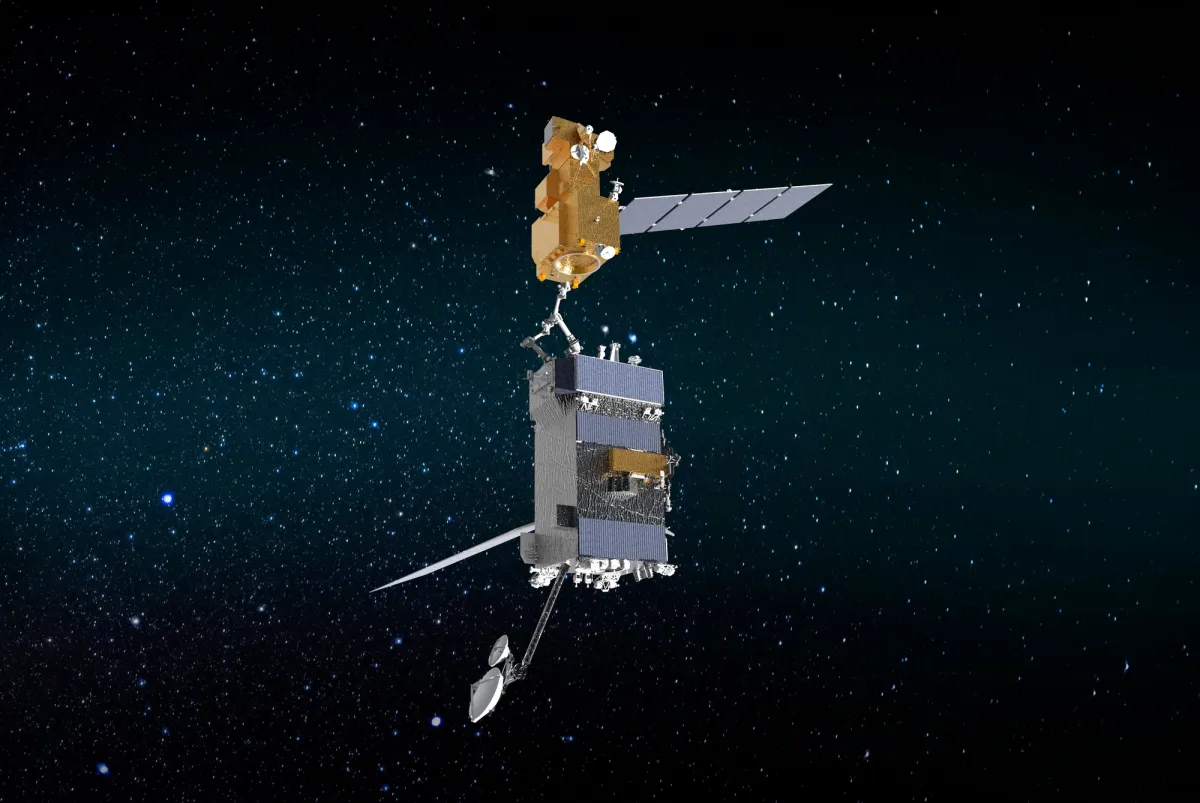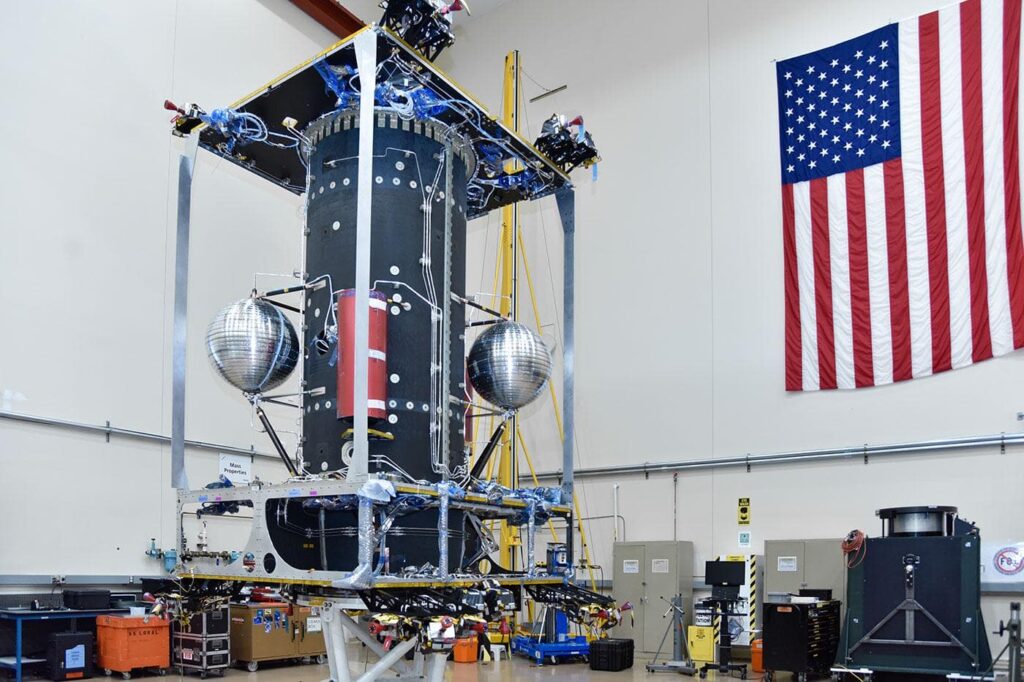NASA canceled the OSAM-1 mission, the purpose of which was to demonstrate the technology of servicing old satellites. This was due to the significant backlog of the project from the timetable and large cost overruns.
Repair and assembly in orbit
The development of the mission has been underway since 2016. Initially, it was called Restore-L. The purpose of the mission was to be the old NASA-owned Landsat 7 satellite, which was launched back in 1999 and almost ran out of fuel. It is located in a 700-kilometer sun-synchronous orbit. It was assumed that Restore-L would dock with Landsat 7 using two robotic arms, after which it would try to refuel the satellite.

In 2020, the mission received a new name OSAM-1 and an additional task in the form of demonstrating the possibility of constructing large structures in space without direct human involvement. For this purpose, the spacecraft was supposed to be equipped with a five-meter SPIDER robotic arm. It was supposed to assemble in low-Earth orbit a functional antenna with a diameter of 3 meters, capable of transmitting signals in the Ka band, as well as a light ten-meter beam.
The contract for the construction of OSAM-1 and SPIDER was awarded to Maxar. It was assumed that the satellite would be launched in 2022, and the total cost of the mission would be from 600 to 700 million dollars.
Failure of Maxar
Unfortunately, this task turned out to be too difficult for Maxar. The company very seriously underestimated the amount and complexity of work that would be required to modify its standard satellite platform for mission purposes. As a result, it was transferred to NASA only in September 2023, two and a half years later than planned.

Similar difficulties arose in the manufacture of SPIDER. NASA even had to simplify the design of the arm by removing one of its components. However, it didn’t help much.
Because of all these problems, by 2022 the mission’s budget exceeded the USD 2 billion mark, and the launch date shifted to 2026. And in the autumn of 2023, the report of the NASA Inspector General was published. Its authors concluded that the launch of OSAM-1 would take place no earlier than 2027, and its cost would be USD 2.17 billion.
Moreover, the report indicated that the project had ceased to be a priority for Maxar. This was due to the fact that a fixed-price contract was signed between NASA and Maxar. When, due to all the technical problems, OSAM-1 ceased to be profitable and began to make losses, the company redistributed its workforce to more profitable projects.
A combination of all these factors led to the decision to close the project. As for the equipment already built for it, NASA will try to find alternative uses for it.
You can also view a series of satellite images published by Maxar. They show some of the most iconic conflicts and disasters of 2023.
According to https://spacenews.com
Follow us on Twitter to get the most interesting space news in time
https://twitter.comne/ust_magazine


